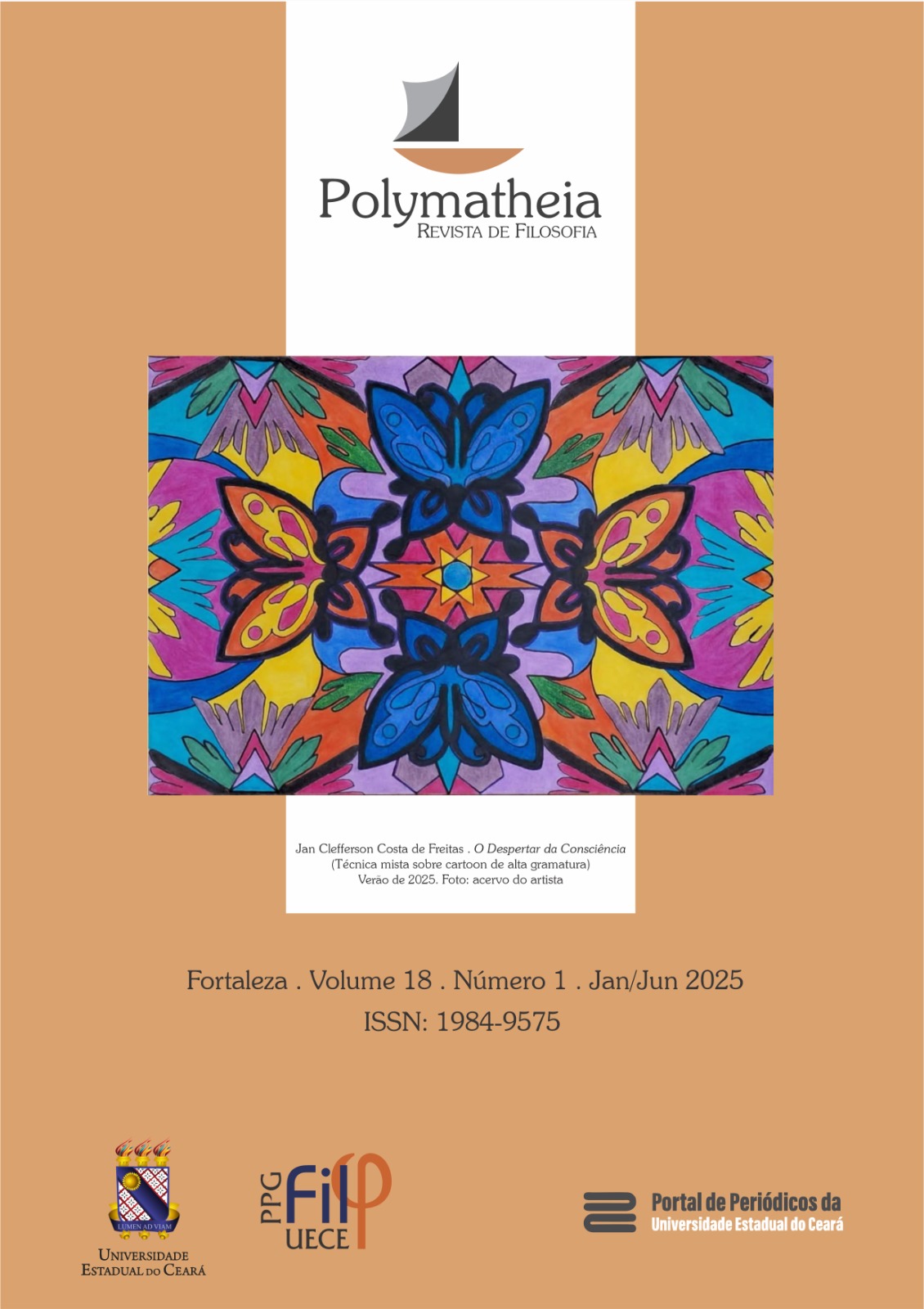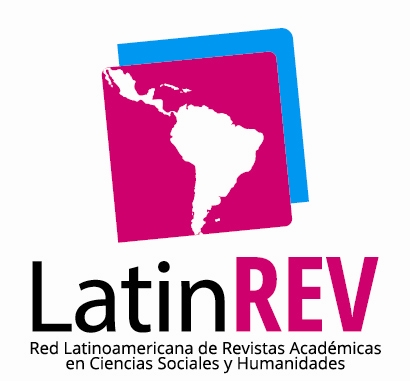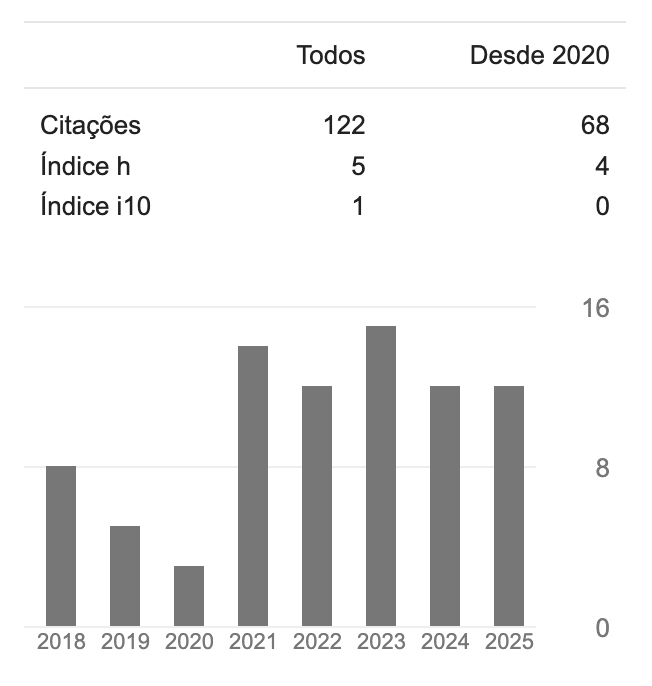O sentido moral presente no ensaio “Da Superstição e do Entusiasmo”, de David Hume
DOI:
https://doi.org/10.52521/poly.v18i1.14112Schlagworte:
Hume, Supertição, Entusiasmo, Formas corruptivas, moralidadeAbstract
Para David Hume, a religião se tivesse algum papel a desempenhar seria o de corromper a natureza humana e perturbar a harmonia social em vez de contribuir para a própria moralidade. Na interpretação de Hume as crenças religiosas levam à degradação da conduta humana, reconhecendo que elas geram dois efeitos perniciosos: a Superstição e o Entusiasmo. A nossa problematização é: por que para Hume é uma consequência necessária da religião as suas corrupções, para moralidade, mesmo quando prega tantas virtudes? Para respondermos a presente problemática utilizaremos o ensaio Da Superstição e do Entusiasmo e a obra Tratado da natureza humana.
For David Hume, if religion had any role to play, it would be to corrupt human nature and disturb social harmony instead of contributing to morality itself. In Hume’s interpretation, religious beliefs lead to the degradation of human conduct, recognizing that they generate two pernicious effects: Superstition and Enthusiasm. Our problematization is: why, for Hume, is its corruptions a necessary consequence of religion, for morality, even when it preaches so many virtues? To answer this problem, we will use the essay On Superstition and Enthusiasm and the work Treatise of Human Nature.
Downloads
Literaturhinweise
BAILLIE, James. Hume on Morality. London: Routledge, 2000.
BAILEY, Alan. The Continuum Companion to Hume. London: Continuum International Publishing Group. 2012.
BEAUCHAMP, Tom L. A Dissertation on the Passions the Natural History of Religion. United States: Oxford University Press Inc, 2007.
BOTROS, Sophie. Hume, Reason and Morality. Milton Park: Routledge. 2006.
BRICKE, John. Mind and Morality: An Examination of Hume’s Moral Psychology. Oxford: Clarendon Press.1996.
EARMAN, John. Hume's Abject Failure, The Argument Against Miracles. New York: Oxford University Press, 2000.
FILHO, Arlindo P. A TEORIA POLITICA DE DAVID HUME:BREVES CONSIDERAÇÕES SOBRE OS ENSIAOS POLÍTICOS. Vitoria, ES: Almanaque de ciência política, vol,3, n.1, p. 01-23, 2019. Disponível em: https://periodicos.ufes.br/alm anaque/article/view/26706/18370
HUME, David. A arte de escrever ensaio (morais, politicos e literários). São paulo: Iluminuras Ltda, 2008.
HUME, David (2007). A treatise of Human Nature. Edited by David Fate Norton & Mary J. Norton. Oxfort: Clarndon Press.
HUME, David. História natural da religião. São Paulo: Editora UNESP. 2005.
HUME, David. Investigação acerca do entendimento humano. São Paulo: Nova Cultura, 1989.
HUME, David. Tratado da natureza humana. São Paulo: Editora UNESP, 2009.
MARKIE, J.L. Hume’s Moral Theory. London: Routledge,1980.
MASCARENHAS, Rogpério. A TERORIA DAS PAIXÕES NA FILOSOFIA DE DAVID HUME. Orientador: Daniel Tourinho Peres, 2005, 98 f. Dissertação (Mestrado): pós-graduação em filosofia, UFBA, Universidade Federal da Bahia, 2005.
NORTON, Fate David. The Cambridge Companion to HUME. New York: Cambridge University press, 1993.
O’CONNOR, David. Hume on Religion. London: Routledge, 2001.
RIDGE, Michael. Epistemology Moralized: David Hume’s Practical Epistemology. Hume Studies, N° 29, Vol. 2, p. 165–204. 2003.
SETIYA, Kieran. Practical Knowledge, Selected Essays. United States: Oxford University Press, 2017.
TAYLOR, Jacqueline. Reflecting Subjects Passion, Sympathy, and Society in Hume’s Philosophy. Reino Unido: Oxford University Press, 2015.
TRAIGER, Saul. The Blackwell Guide To hume’s Treatise. Australia: Blackwell Publishing, 2006.
Downloads
Veröffentlicht
Zitationsvorschlag
Ausgabe
Rubrik
Lizenz
Copyright (c) 2025 Laiz Fidelis Ribeiro, Mateus Aragão da cunha

Dieses Werk steht unter der Lizenz Creative Commons Namensnennung 4.0 International.











